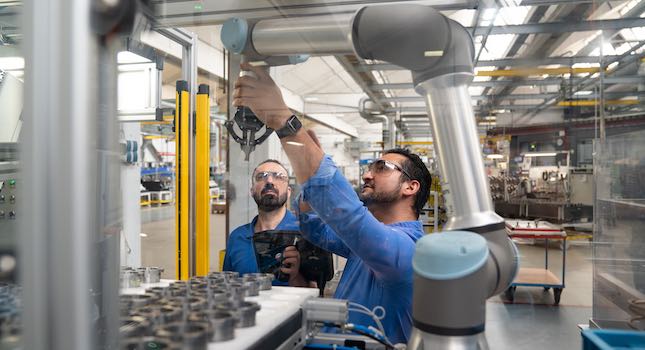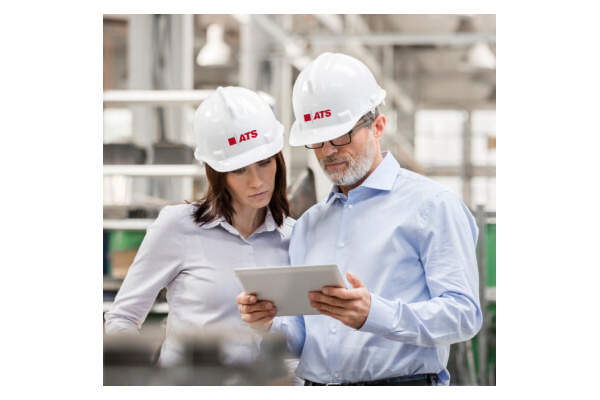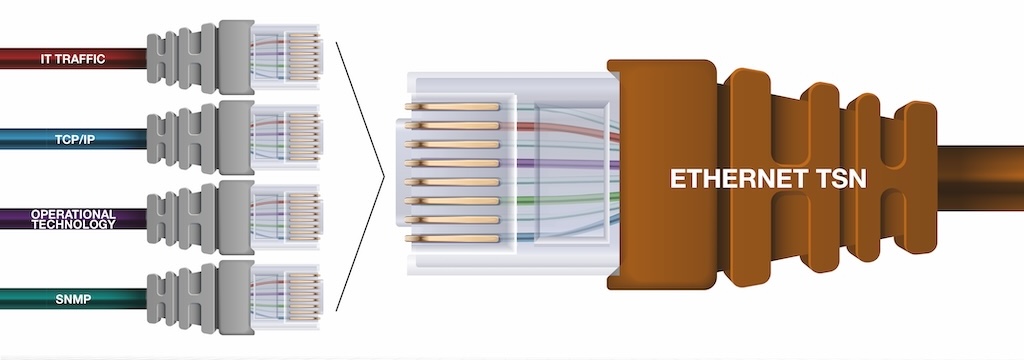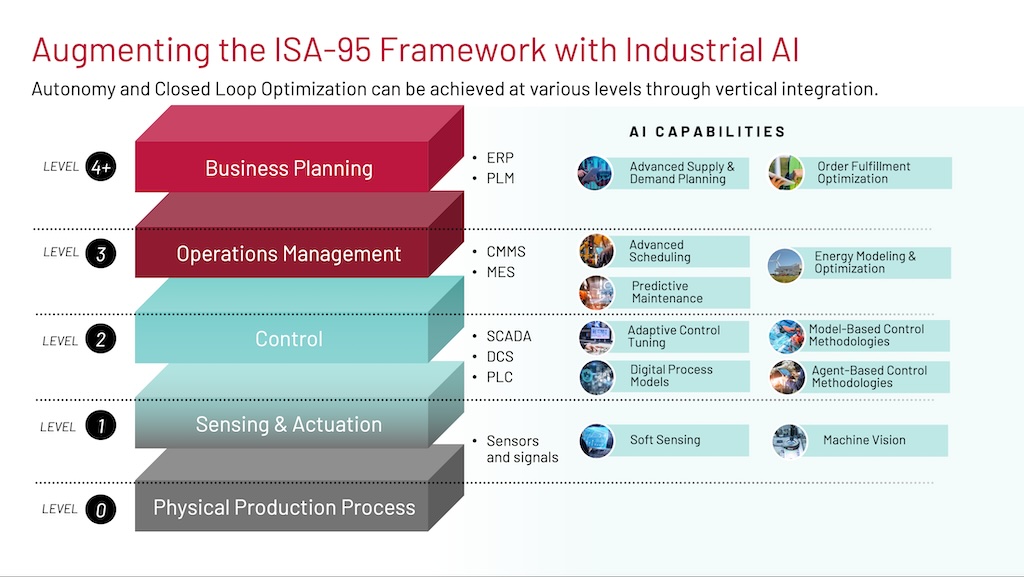Class 3 walkies are battery-powered alternatives to hand trucks and manual pallet jacks.
Class 3 walkies are battery-powered alternatives to hand trucks and manual pallet jacks. These motorized hand trucks are found in virtually every manufacturing and distribution operation performing loading, unloading, order picking, stacking, staging, and internal transportation duties (Fig. 1). They account for 24% of all industrial vehicles sold.
The motorized vehicles allow the operator to deliver or store the load much faster than using manual equipment. At the same time, operator fatigue is reduced and the possibility of injury associated with manually moving heavy materials is virtually eliminated.
On the down side, the vehicles typically have lower travel and lift speeds, which may limit their productivity in demanding operations or those covering greater distances. Capacity is limited to about 8000 lb (4000 lb for higher lifts); however, specially designed and constructed versions can go much higher. Gradeability is also a concern for some equipment.
There are a wide range of designs and functions available. Most types are low lift, but equipment reaching 16 ft or so are available. Most vehicles are walkies, but numerous rider versions are on the market.
General features
Motorized hand trucks are operated by an end control handle mounted at the end of a tiller steer arm. The steer handle (or head) regulates lift and lower functions, speed, direction, steering, braking, and several safety features. Some rider versions have a center control handle located on the riding platform between the battery and forks.
Nearly all Class 3 vehicles use transistor-type controls. These devices provide smooth acceleration, infinite travel speeds, easy maneuverability, and high energy efficiency.
Drive tires are constructed from polyurethane or rubber, with the latter offering better traction. Load wheels under the forks (and load) are small diameter and usually made from hard polyurethane, which provides better wear than rubber.
Walkies operate with 12 or 24-V batteries, with the latter used on riders and more demanding applications. The advent of the maintenance-free or sealed-cell battery has been a major boost to truck performance. The batteries easily serve an 8-hr shift.
Matching the technology of the vehicle with operator capabilities and needs maximizes safety and performance. Consequently, ergonomic and safety features are an important part of every vehicle.
The trucks include contoured handles that make it easier for the operator to steer and control the trucks over longer periods of time. The control handle is designed for minimal wrist exertion. Riders have safety bars and padding. The vehicles have a low profile to improve visibility, and shorter head length to increase maneuverability. Improved braking systems and autoreverse features protect the operator.
Ultimately, however, an educated, attentive, and conscientious operator is the best safety feature the vehicle can have.
A variety of options can be added to the basic truck package. Possibilities include battery discharge indicators, built-in battery chargers, battery roller conveyors, side shifters, cold storage or corrosion protection, hour meters, audible alarms, lift interrupts, and stability casters. Various fork widths and lengths are available. Stacker trucks can employ a variety of handling attachments.
Types
Generally speaking, Class 3 equipment is divided into low-lift and high-lift stacker versions. Low-lift models handle floor level pallets or skids. High-lift equipment has stacking capability and is offered in straddle, reach, and counterbalanced versions.
Low lift
Low-lift walkies (Fig.2), often called pallet trucks, are the dominant player in the Class 3 category with nearly half of the unit sales. Forks are inserted between the top and bottom boards of pallets to raise the load a few inches off the ground for transport. These products are not used for stacking.
The truck features a speed control device (thumb or twist handle) to match the pace of a walking worker. They are capable of moving about 4 mph when empty, and about half that loaded. Maximum capacity is 8000 lb.
Low-lift riders (Fig. 3) generate about 30% of the market and use the same lifting mechanism and perform the same handling tasks as the walkie. Obviously, this type is used when longer travel distances or quicker handling is required.
The operator stands on a rear platform, or in a compartment between the batteries and forks. Most riders can also be operated in a walkie mode.
Tow tractors (tuggers) are available in walkie or rider versions and pull up to three carts of picked material in train fashion. A coupler engages the towing arm of the cart to move the train.
Tuggers are an effective approach for moving high volumes of material along varied paths in the plant. They are capable of moving a 12,000-lb rolling load about 5 mph.
High lift
High-lift walkies take 2000-4000 lb up to about 16 ft using a multistage mast. This walkie is the best choice when the frequency of use does not justify the higher expense associated with a Class 1 electric rider lift truck or Class 2 narrow aisle vehicle.
Straddle stackers (Fig. 4) are used in narrow aisle applications. Outriggers straddle the load, which reduces the length of the truck and eliminates the need to counterbalance the load weight. Some stackers do not have outriggers.
Reach trucks (Fig. 5) require a slightly larger aisle than straddle types, but offer greater flexibility in load sizes handled. A scissor mechanism (pantograph) extends the forks beyond the outriggers to access and load, eliminate the straddles, and place material one pallet deep.
Counterbalanced trucks (Fig. 6) are similar to Class 1 riders in that they use the frame design and counterweighting to offset the force of the load held in front of the mast. These vehicles stack two high, and service all types of storage racks except double deep, which require a double-deep reach truck. — Ron Holzhauer, Managing Editor, 847-390-2668, [email protected]
Plant Engineering magazine would like to thank Barrett Industrial Trucks, Nissan Forklift, and Yale Materials Handling for their special contributions to the development of this article.
The cover photo of a walkie stacker was provided by Crown Equipment.
Key concepts
Class 3 walkie trucks perform loading, unloading, order picking, stacking, staging, and internal transportation duties.
Walkie equipment is divided into low-lift and high-lift stacker versions.
Ergonomic and safety features are key ingredients in every vehicle.
Selection considerations
– Application (light, medium, or heavy duty)
– Operation (continuous or intermittent)
– Purchase price
– Operating costs
– Maintenance and repair
– Aisle characteristics
– Travel distances
– Load size
– Product mix
– Product configuration
– Storage or stacking requirements
– Available options
More info
Three previously published articles provide additional information on the cover subject:
– “What’s Available in Industrial Vehicles” (PE, January 1997, p 53, File 4545)
– “Comparing Motorized Hand Trucks” (PE, 6/5/95 p 62, File 4545)
– “Selection Guide for Walkie Hand Trucks” (PE, 12/11/95, p 77, File 4545).
Copies of these articles may be purchased by calling 847-390-2692.
The complete text of all Plant Engineering articles is available on our web site at www. plantengineering.com.
Walkie truck manufacturers
The following companies provided input for this article by responding to a written request from Plant Engineering magazine. For more information about their walkie truck product lines, circle the indicated reader service numbers on the post card in this issue, or check out their web sites.
Company Web site address &READERSERVICE>Circle&/READERSERVICE>
Atlet www.atlet.se &READERSERVICE>221&/READERSERVICE>
Barrett Industrial Trucks — &READERSERVICE>222&/READERSERVICE>
BT — &READERSERVICE>223&/READERSERVICE>
Clark Material Handling www.clarkmhc.com &READERSERVICE>224&/READERSERVICE>
Crown Equipment www.crown.com &READERSERVICE>225&/READERSERVICE>
Dockstocker www.dockstocker.com &READERSERVICE>226&/READERSERVICE>
Elwell-Parker www.elwellparker.com &READERSERVICE>227&/READERSERVICE>
Hyster www.hysterusa.com &READERSERVICE>228&/READERSERVICE>
Interthor — &READERSERVICE>229&/READERSERVICE>
Kalmar AC www.kalmarac.com &READERSERVICE>230&/READERSERVICE>
Komatsu Forklift USA — &READERSERVICE>231&/READERSERVICE>
Linde-Baker — &READERSERVICE>232&/READERSERVICE>
Multiton MIC www.multiton.com &READERSERVICE>233&/READERSERVICE>
Nissan Forklift www.nissanforklift.com &READERSERVICE>234&/READERSERVICE>
Raymond www.raymondcorp.com &READERSERVICE>235&/READERSERVICE>
Toyota Industrial Equipment* www.toyotaforklift.com&READERSERVICE> 236&/READERSERVICE>
Yale Materials Handling www.yale.com &READERSERVICE>237&/READERSERVICE>
*Low lift equipment only



